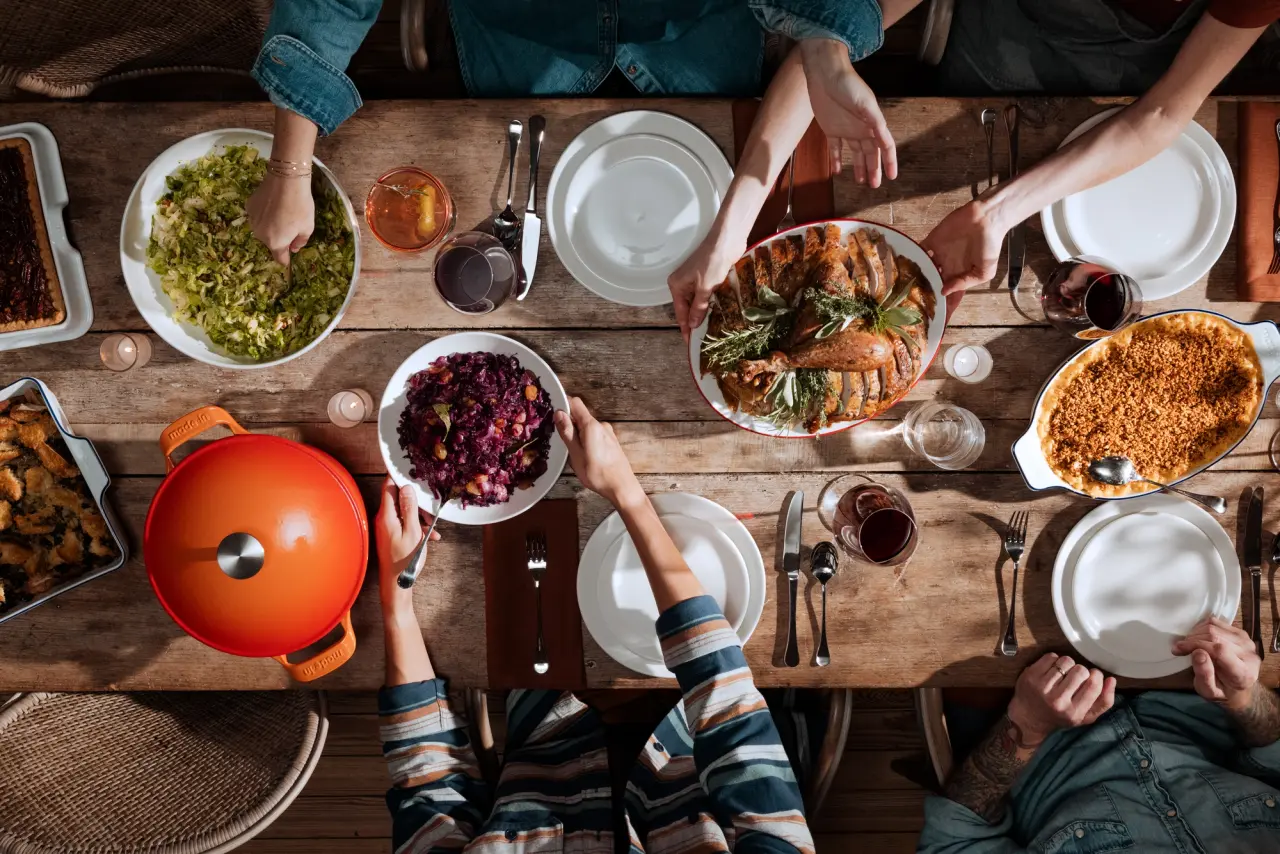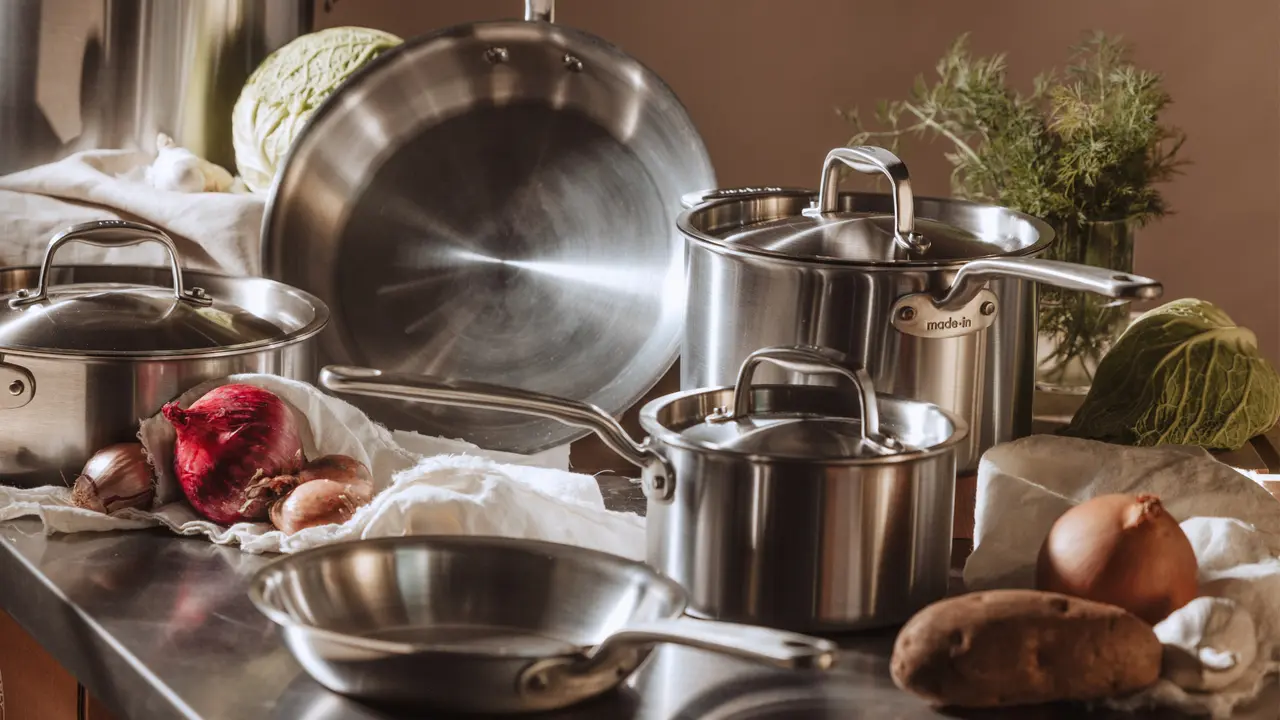Austin has no shortage of sushi, but—perhaps unsurprisingly—some of its absolute best comes from a food truck. At Texas Sushiko, parked just outside Texas Saké Company in South Austin’s The Yard, Chef Michael Carranza serves “open-face sushi hand rolls,” each filled with delicacies like fatty bluefin tuna, buttery king crab, and highly coveted Hokkaido scallops.
For diners, the most distinctive aspect of Chef Carranza’s temaki is its taco-like shape. Unlike the more familiar uramaki and maki sushi that’s carefully rolled with a bamboo mat and eaten with chopsticks, temaki is an informal, hand-held dining experience. It’s always hand-rolled and usually conical, featuring the classic vinegared rice, fish, and other accouterments corralled in a “cone” of nori. Conceptually, it’s not dissimilar to a Drumstick.
But for Chef Carranza, Texas Sushiko’s defining feature is the caliber of its raw ingredients. “The only other place in town that's getting whole bluefin tuna is Otoko,” says Chef Carranza. Otoko, a 12-seat Japanese restaurant where reservations start at $250 a head, is undoubtedly worth the money—that’s what makes Chef Carranza’s sourcing so impressive.

Quality certainly matters in all culinary endeavors—but for a sushi chef, it’s everything. Being so fragile in taste, texture, and shelf-life, raw seafood leaves nowhere for sourcing shortcuts or imperfections to hide.
In this regard, Texas Sushiko goes above and beyond, with a menu full of indelible luxuries hard to find even at high-end sit-down restaurants. While this may seem like an odd choice for a food truck, it’s actually an act of practicality. Texas Sushiko gives new life to the unused cuts from Tare, Chef Carranza’s private omakase service.
“We call them omakase-style hand rolls because we use the fish from our Tare dinners, but we’re not upcycling ‘leftovers’,” he explains. “Let’s say I've got two private in-home dinners tonight, so I need eight cuts from each fish. But I could probably get 40 to 50 cuts out of them, so the rest will get utilized in the truck.” For perspective: a single mature bluefin tuna can weigh over 500 lbs, though Chef Carranza says the 200 lb range is where they peak in quality.
Omakase, a multi-course meal in which everything is left to the chef’s discretion, has an undeniable aura of sophistication. Naturally, that comes with a hefty and exclusionary price tag, but at Texas Sushiko, diners approximate it at a fraction of the cost. “Our $25 king crab hand roll is expensive, but you can't just sit down somewhere and get a little bite of king crab,” Chef Carranza says. “You have to pay market price, and most of the time it's over $50 a pound.”

This effort towards accessibility extends across the menu, which allows guests to enjoy a $15 small bite of bluefin tuna in an informal setting, whereas an omakase dinner with Tare ranges from $150 to $300 a head. Still, while Texas Sushiko specializes in omakase-quality sushi without the triple digit bill or months-in-advance reservation, there’s always the $5 grilled Spam roll, served with shiro dashi mayo, furikake, and green onion—a budget luxury in its own right.
Regardless of what’s inside it, the taco shape of Chef Carranza’s temaki is also geared towards accessibility. “My family is predominantly Hispanic, and the majority of them don't really eat raw fish,” says Chef Carranza. But growing up along Interstate 35, tacos were an abundant and familiar format. By presenting sushi as a taco, he hopes to make it more palatable for his parents and grandparents. (In this undertaking, he has been less successful: “My grandparents won’t try it. They think it’s disgusting.”)
Despite Chef Carranza’s best efforts, sushi remains a formidable culinary discipline, with a reputation for demanding lifelong study. And admittedly, Chef Carranza wasn’t interested at first. But fortunately for Austin, he was pushed into it at the age of 18, when the original sushi chef at his first restaurant job suddenly quit.

Since then, he has made an effort to redefine what sushi can and should be. Soon, Tare will become a brick-and-mortar, Texas Sushiko will be moved into Texas Saké Company, and the truck will move across town—a solid start to making excellent sushi more available throughout Austin.
Now, in a bid to make sushi accessible beyond city limits, Chef Carranza is sharing his advice for expertly breaking down and filleting a whole fish at home. Follow along to learn how to replicate his technique.
Chef Tip #1: Remove Moisture
Fish spoils quickly and will do so even faster in the presence of moisture. By drying off fish, you’ll make handling and deboning easier, and your cuts cleaner and more precise.
“If you don’t plan on cooking day-of, clean the fish, dry it off, wrap it in paper towels, and then wrap the whole thing in Saran wrap,” Chef Carranza advises, noting that Dixie towels or paper towels work best. This restaurant technique will buy you some time, but not much, so make plans to cook it sooner rather than later.
You’ll also want to remove the bloodline, found in the belly, to improve flavor—Chef Carranza uses a toothbrush to do this.
Chef Tip #2: Use a Sharp Knife

Dull blades are dangerous in general, but what they do to raw fish—tearing, shredding, and complete obliteration of texture—might be their biggest crime. Delicate proteins require the extra care and precision of a sharp knife, and you’ll find that it makes filleting much easier, too.
For beginners especially, a sharp knife like our flexible Fillet Knife is essential. Designed specifically for deboning, skinning, and filleting, its razor sharp edge and flexibility allows you to follow the natural contours of the fish, so less flesh is wasted.
Chef Tip #3: Don’t Fight the Fish
Delicate proteins require a deft hand. Your knife should glide without force, tension, sawing, or chopping. Treat the fish like wrapping paper, when your shears effortlessly sail through in clean, straight lines. If you have a sharp knife, this will be easy. Forcing the fish is a sure way of butchering it—and wasting your money.
Ready to Try it Yourself?
Austin residents and visitors can visit Chef Carranza at Texas Sushiko or make a reservation through Tare. For everyone else, Chef Carranza’s advice will set you on a path to make your own temaki at home, or at the very least improve your filleting skills. Since you’re learning from the best, find out how to shop for sushi-grade fish below to upgrade your next roll, rice bowl, or poké.





























